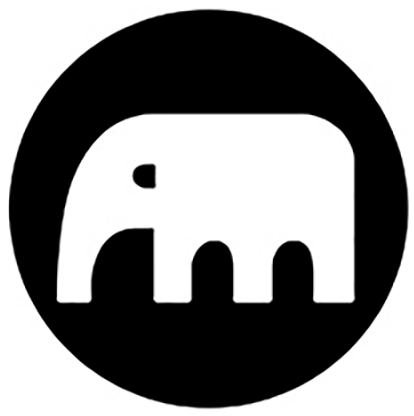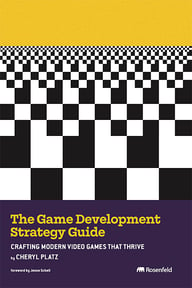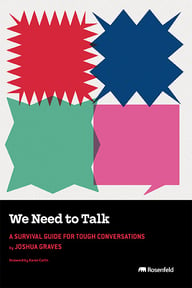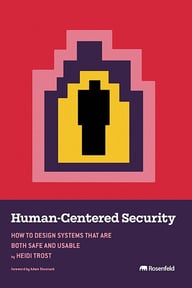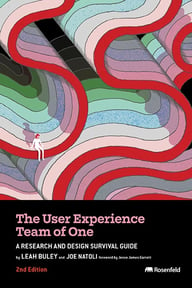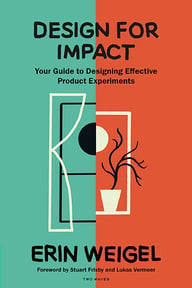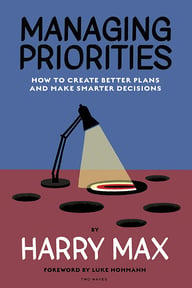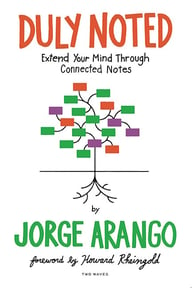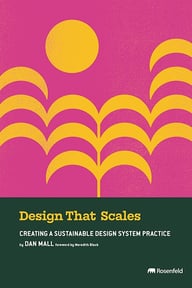Accessible only to conference ticket holders.
Log in Create account Buy conference recordings
For 90 days after a conference, only paid ticket holders can watch conference videos. After that, all Gold members have access.
If you have purchased recording access and cannot see the video, please contact support.
Summary
Driving large-scale design transformation within a 4,500-strong global organization requires more than just a vision—it demands a strategic, scalable approach to operational excellence. To meet the ambitious goals of our new Process Transformation (PT) vision and mission, we developed a powerful delivery vehicle designed to seamlessly integrate with stakeholders and clients while maximizing the productivity and impact of our extensive design talent. Through a strategic fusion of DesignOps, process design, process transformation, user experience design, service design, and change management, we crafted the PT Method—a unified operating model that blends the most relevant practices into a single, efficient methodology. Led by Executive Leaders across IBM and CHQ in partnership with our DesignOps and Design Leadership team, this approach establishes a structured yet flexible framework, equipping teams with reusable templates and tools to consistently deliver value at scale. Join for this case study to explore how this cohesive, multidisciplinary approach empowers teams to drive innovation and transformation while maintaining the agility and quality essential for long-term success.
Key Insights
-
•
Scaling design ops in a 100+ year old enterprise requires more than vision; it demands a structured, repeatable operational backbone.
-
•
The PT method combined process design, UX, service design, and change management into a unified operating model.
-
•
Creating over 60 branded templates and 20 custom illustrations helped drive consistency and stakeholder trust.
-
•
A centralized internal PT method site served as the single source of truth and enhanced adoption through accessible learning plans.
-
•
Over four months, the PT method reached full adoption with nearly 1,000 template downloads and 3,000 unique site visitors.
-
•
Design ops reduced redundant methodological work, freeing teams to invest in deeper stakeholder relationships and strategic problem-solving.
-
•
Executive sponsorship and broad stakeholder co-creation were critical to validating and evolving the PT method.
-
•
Focusing on progress over perfection helped maintain momentum and aligned teams on delivering impactful changes incrementally.
-
•
Strong design backgrounds influenced the approach, embedding craft and professionalism into operational practices.
-
•
Operationalizing design at scale boosts agility, creativity, and consistent delivery across complex, matrixed organizations.
Notable Quotes
"Transformation isn't just about ideas, it's about infrastructure."
"We needed a modern, scalable way to operationalize transformation across more than 4,500 global employees."
"The PT method became our adopted methodology with a required set of branded, unified reusable templates."
"Progress over perfection was our motto throughout the entire project."
"Design ops served as the backbone to operationalizing the organization, enabling scale, repeatability, and stakeholder confidence."
"We combined the best elements of process design, UX, service design, and change management into a single expression to form the PT operating model."
"Embedding a rich visual history into all PT artifacts was critical in how we showed up to do the work."
"Executive sponsors accelerated adoption and signaled the value of the transformation effort across the organization."
"Creating systems that enable speed, quality, and agility without sacrificing creativity is a key element."
"Invest in brand unification as a strategic tool to build stakeholder confidence and increase engagement."
Or choose a question:











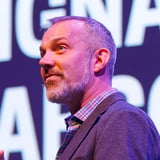




More Videos

"We had to push through analysis paralysis and trust our guts as customer-facing teams that knew the business."
Shipra KayanHow we Built a VoC (Voice of the Customer) Practice at Upwork from the Ground Up
September 30, 2021

"If AI makes building trivial, the challenge shifts to figure out who’s best to decide what to make."
Erin MaloneUnderstanding the past to prepare for the future
July 19, 2024

"If we do X, then Y percent of people will do Z—that’s how you frame hypotheses to learn from both success and failure."
Alissa BriggsHow to Coach Enterprise Experimentation
May 14, 2015

"OKRs are not one-size-fits-all; you have to shape them based on your organizational context and culture."
Bria Alexander Benson Low Natalya Pemberton Stephanie GoldthorpeOKRs—Helpful or Harmful?
January 20, 2022

"Breaking research down to simple plans, like a clear list of questions, helps demystify the process for new researchers."
Ned Dwyer Emily Stewart James WallisThe Intersection of Design and ResearchOps
September 24, 2024

"Ops-first means standardizing processes so we can scale and onboard new team members quickly."
Clemens Janssen Jane DavisEfficiently Scaling Research as a Team of One
March 28, 2023

"People’s ability to cope with information complexity isn’t increasing exponentially, so we need to find the perfect innovation space."
Kelly GotoEmotion Economy: Ethnography as Corporate Strategy
May 13, 2015

"Science doesn’t just check truth; it has to win hearts and minds."
Lin NieWhen Thought-worlds Collide: Collaborating Between Research and Practice
March 10, 2021

"When difference comes together, something new emerges neither could have traveled alone."
Victor UdoewaTheme One Intro
March 27, 2023
Latest Books All books
Dig deeper with the Rosenbot
How can understanding financial arrangements improve a service designer’s influence in organizations?
What signs indicate an organization is ready to experiment with coordinated collaboration approaches?
How can a repeatable market entry framework help reduce launch delays in multi-country B2B expansions?
